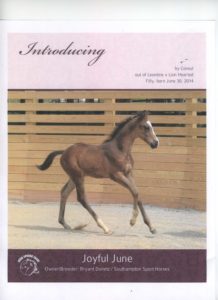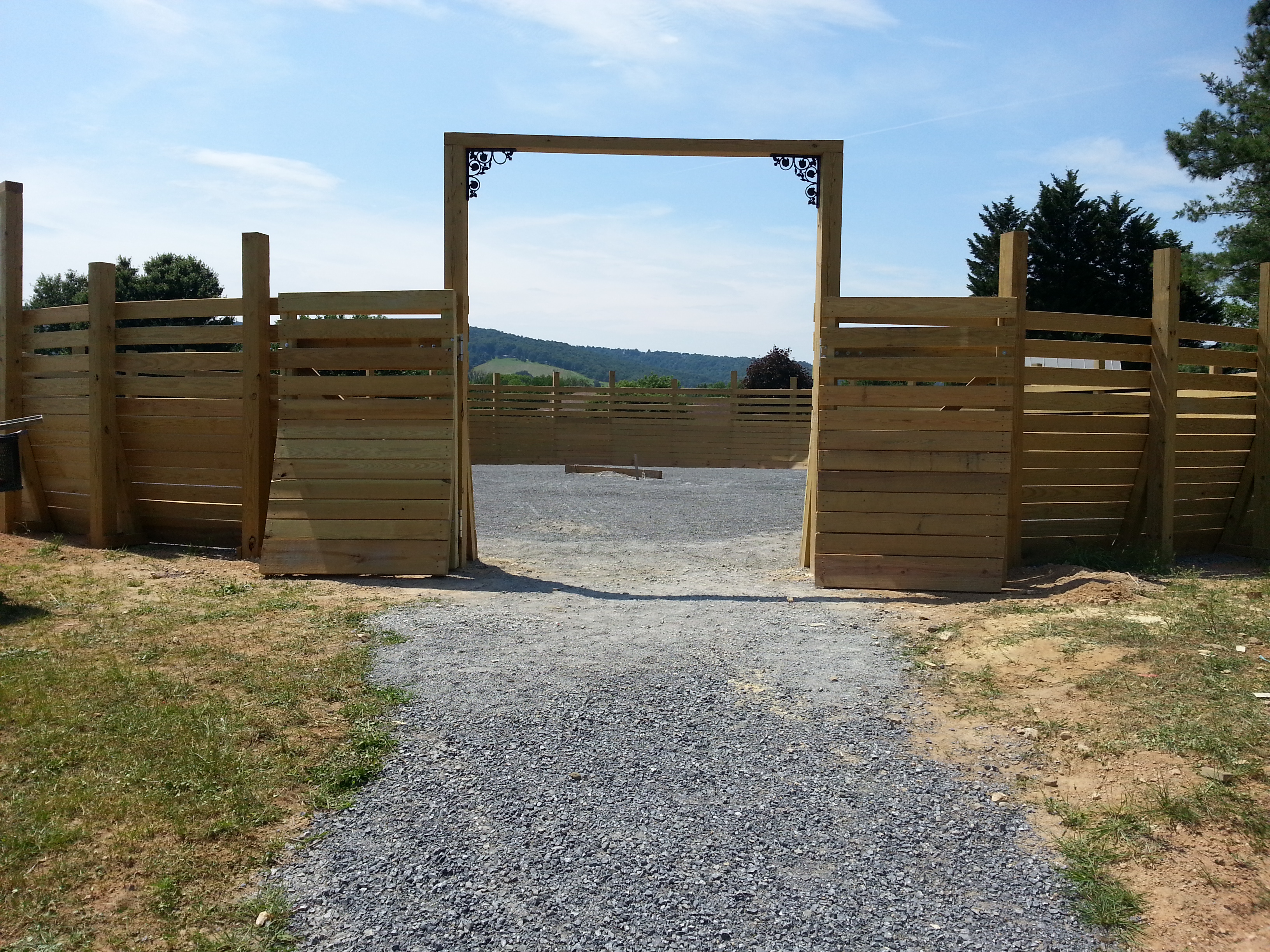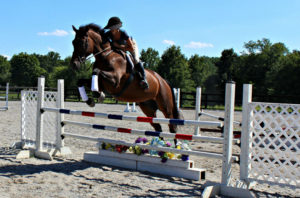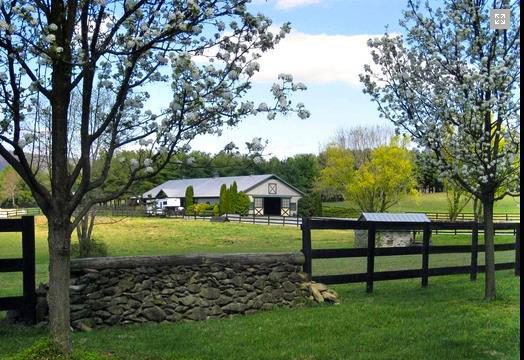Skip to content



Our training program focuses on the early stages of development from foaling to breaking. Its not the European style or the American style but the style that starts with the horse and draws upon the experience and best practices of successful breeders, trainers and veterinarians. It builds on the psychology, sensitivity, patience and the interactions with the horse. Much has been written and studied but the simple fact is you need to get inside the mind of the horse and find the best method of communication. Without it the animal reverts to their natural instincts of “prey and predator”.
The history of breaking a young horse has been portrayed in numerous Westerns as a battle between animal and human. A good deal of that history was true when wild mustangs were corralled from the grazing open ranges with little time to get the horse ready for work. The cowboy would rope the horse from the pack, get a halter and saddle on and away they went bucking until submission.
A note of historical perspective is given in the 1935 edition of the US Army Calvary School, Fort Riley, Kansas as part of the 3 volume comprehensive manual entitled Horsemanship and Horsemastership. It states “the objectives of breaking are twofold. First, to physically develop and condition the young horse. Second, to bring him to the degree of training where he can be mounted remaining quiet and relaxed; be ridden at the walk, trot and gallop; be turned to the right and left, and be halted without abruptness.
The modern horse is a totally different story. Breaking starts at birth and by the time the horse reaches 18-24 months, they have been gradually introduced and adjusted to all the interactions that otherwise might be difficult and frightening. While we have experience at both the wild and the domesticated horse, 95 percent of the situations the term breaking does not apply to the evolutionary process that prepares the horse for pleasure and/or competition.
Natural training mostly focuses on the ground work, ideally begun after weaning and with emphasis up to mounting the horse., however it should not stop there. We continue natural training throughout the horses life in order to maintain good behaviors, manners and understanding between the horse and handler or rider.
Natural training is the basis of all further training. Through it, a confident respectful and well mannered horse is created. Important cues, aids, releases and rewards are taught to them through the training of various tasks on the ground that are essential in the training done.
One of our favorite trainers is Honza Bláha – best shown on YouTube video – Open Borders – https://www.youtube.com/watch?v=K5ZmDkhqhW8&t=27s



